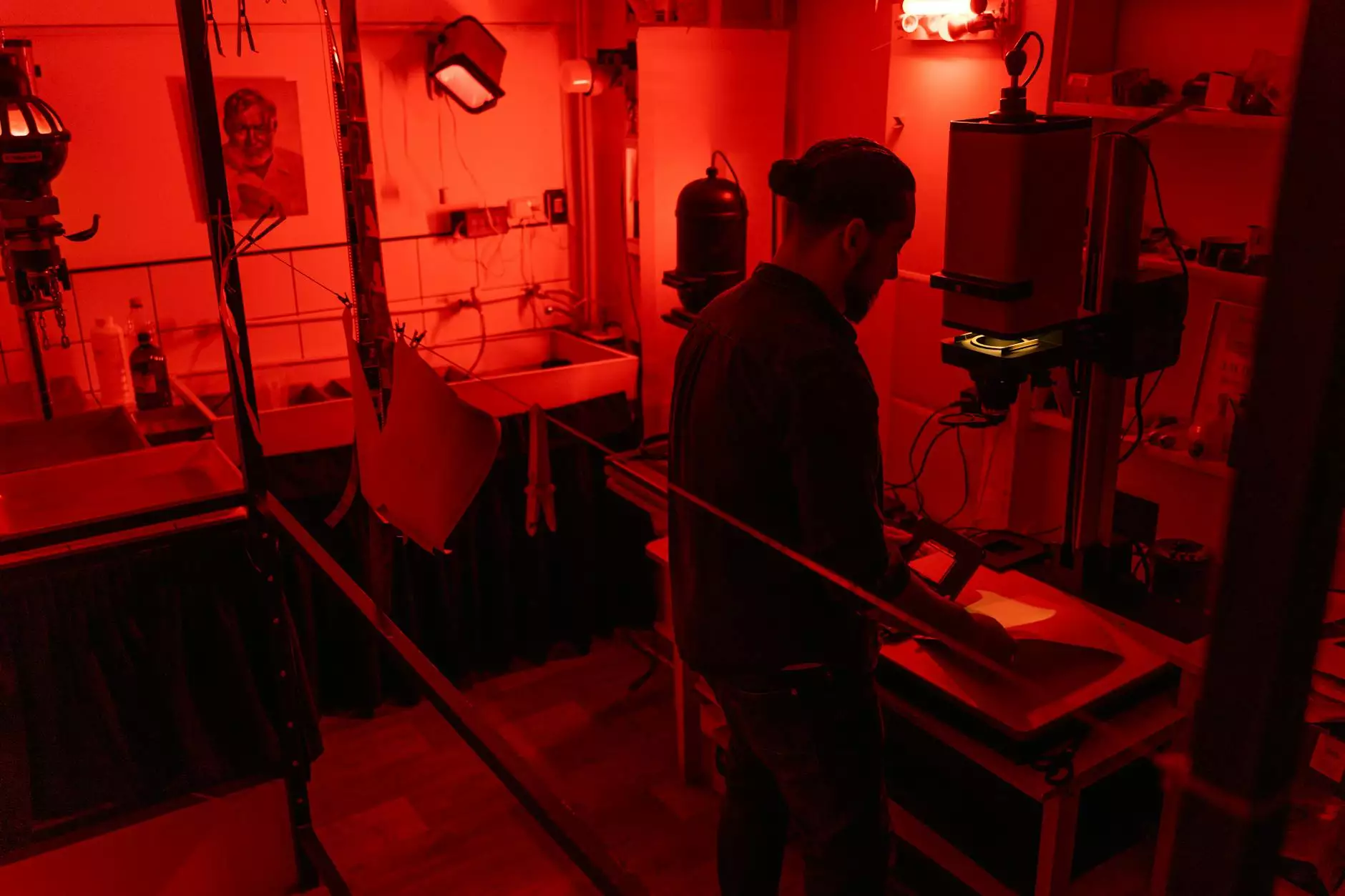The Evolution and Importance of Modern Surgical Instruments

Surgery is a cornerstone of modern medicine, and the tools that surgeons use have evolved dramatically over the years. This article will delve into the significance of modern surgical instruments, the innovations that have shaped their development, and the impact they have on patient care and surgical outcomes. With the rise of technology in the health sector, understanding these tools is essential for anyone involved in the medical field.
1. The Historical Context of Surgical Instruments
To appreciate the modern surgical instruments of today, it’s important to look back at their historical evolution. Surgical practices have been documented since ancient times, with instruments made from materials as primitive as stone and bronze. The first known surgical instrument, the scalpel, dates back to ancient civilizations where it was used for various medical procedures.
- Ancient Period: In ancient Egypt, surgical tools were crafted from bronze and utilized for multiple purposes, including mummification.
- Middle Ages: During this era, the field of surgery was often shunned, but instruments such as forceps and scalpels became more refined.
- Renaissance: This period saw a significant leap forward, with the introduction of anatomical knowledge influencing instrument design.
2. Characteristics of Modern Surgical Instruments
Today’s surgical instruments are characterized by their precision, durability, and specialized functionality. These attributes are crucial as they enhance the surgeon's ability to perform complex procedures effectively and safely. Here are some defining features:
- Material Quality: Most modern instruments are made from high-grade stainless steel and other corrosion-resistant materials, ensuring longevity and hygiene.
- Ergonomic Design: Instruments are thoughtfully designed for comfortable handling, which reduces fatigue during lengthy surgeries.
- Advanced Technology: Many surgical tools now incorporate cutting-edge technology, including robotics and minimally invasive techniques.
3. Types of Modern Surgical Instruments
Modern surgical instruments can be broadly categorized based on their functions. Understanding these categories is essential for ensuring that the appropriate tools are used during surgical procedures.
3.1 Cutting Instruments
These instruments are primarily used for incisions. Common examples include scalpels, scissors, and electrosurgical devices.
3.2 Grasping Instruments
Grasping instruments allow surgeons to hold tissues firmly, ensuring stability during procedures. Forceps and clamps are essential examples.
3.3 Hemostatic Instruments
These instruments help control bleeding throughout a surgical operation. Instruments such as hemostatic clamps and ligatures are vital in this category.
3.4 Suturing Instruments
Suturing tools play an essential role in closing wounds. Modern options include needle holders and variations of sutures tailored to specific tissue types.
4. Innovations in Modern Surgical Instruments
Technological advancements have revolutionized surgical practices and have brought forth a host of innovations in modern surgical instruments.
4.1 Robotic Surgical Systems
Robotic-assisted surgeries have become increasingly popular. These systems offer enhanced precision and control, allowing surgeons to perform complex tasks through small incisions. This technology reduces recovery times and minimizes scarring.
4.2 Advanced Imaging Integration
Modern surgical instruments often come equipped with imaging technologies, such as ultrasound or fluoroscopy, which provide real-time feedback and visualization during procedures, thereby enhancing accuracy and safety.
4.3 Biocompatible Materials
New materials have been developed that are capable of better interacting with the human body, reducing the risk of rejection and promoting healing.
5. Safety and Sterilization of Surgical Instruments
The safety of patients during surgery is paramount, and thus the sterilization of modern surgical instruments has strict protocols. Here are key practices in the sterilization process:
- Autoclaving: This is the most common method, utilizing high-pressure steam to eliminate all microbial life.
- Chemical Sterilization: For instruments sensitive to heat, chemical solutions ensure sterilization without damage.
- Manual Cleaning: Instruments are meticulously scrubbed to remove organic debris before entering the sterilization process.
6. Trends in the Future of Surgical Instruments
As the medical field continues to advance, several trends are emerging that will shape the future of modern surgical instruments.
6.1 Minimally Invasive Surgery
The demand for less invasive surgical procedures is rising, leading to the development of instruments that facilitate surgeries through smaller openings, resulting in reduced recovery times.
6.2 Personalized Surgical Devices
With advancements in 3D printing technologies, there is potential for creating tailored surgical instruments tailored to the specific anatomy and needs of individual patients.
7. The Importance of Training and Education
Proper training in the use of modern surgical instruments is crucial for both safety and efficacy. Surgeons and medical staff must be proficient in the handling and maintenance of all instruments to ensure successful surgical outcomes. Training can take various forms:
- Simulation Training: Many institutions utilize simulation technologies to help trainees practice procedures in a risk-free setting.
- Hands-On Workshops: Workshops and training programs allow professionals to familiarize themselves with the latest instruments and techniques.
- Online Courses: Continuous education through online platforms enables healthcare professionals to stay updated on the latest advancements in surgical tools.
8. Conclusion
The realm of surgery has transformed immensely, and the modern surgical instruments are a testament to innovation and science in health care. As we move forward, it’s imperative to embrace these advancements to not only improve surgical outcomes but also to ensure patient safety. Investing in high-quality instruments, rigorous training, and understanding the latest trends pave the way for a brighter future in surgical practices.
For more information on quality surgical instruments and their applications in today's medical landscape, visit new-medinstruments.com.









